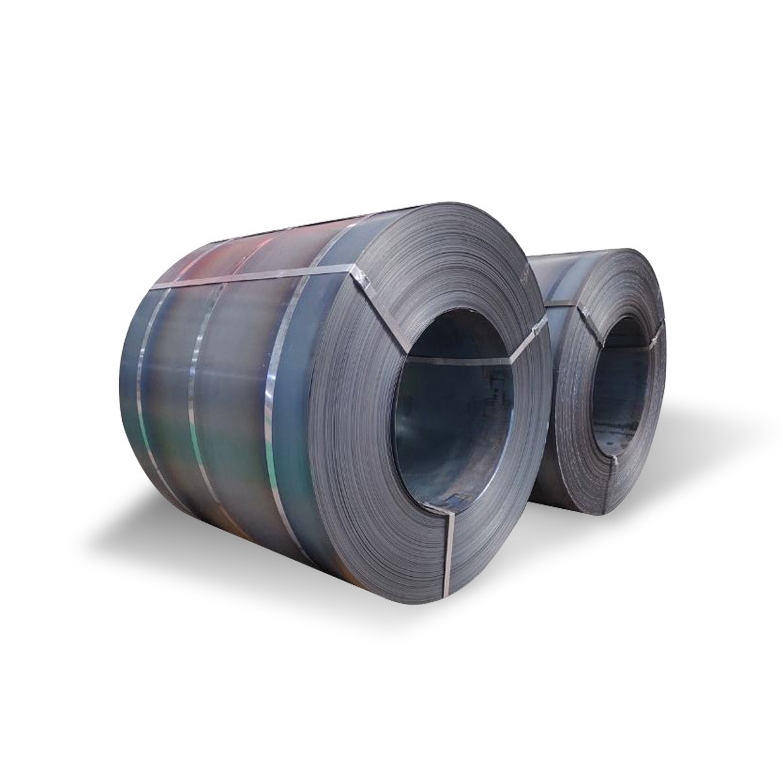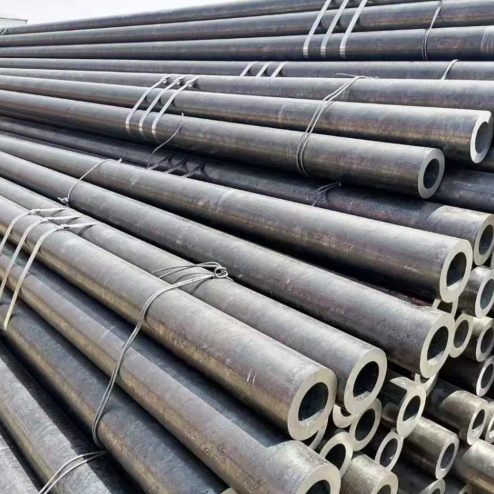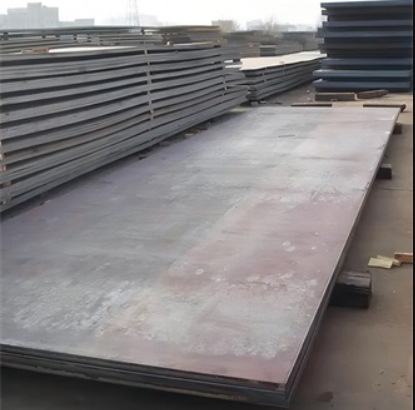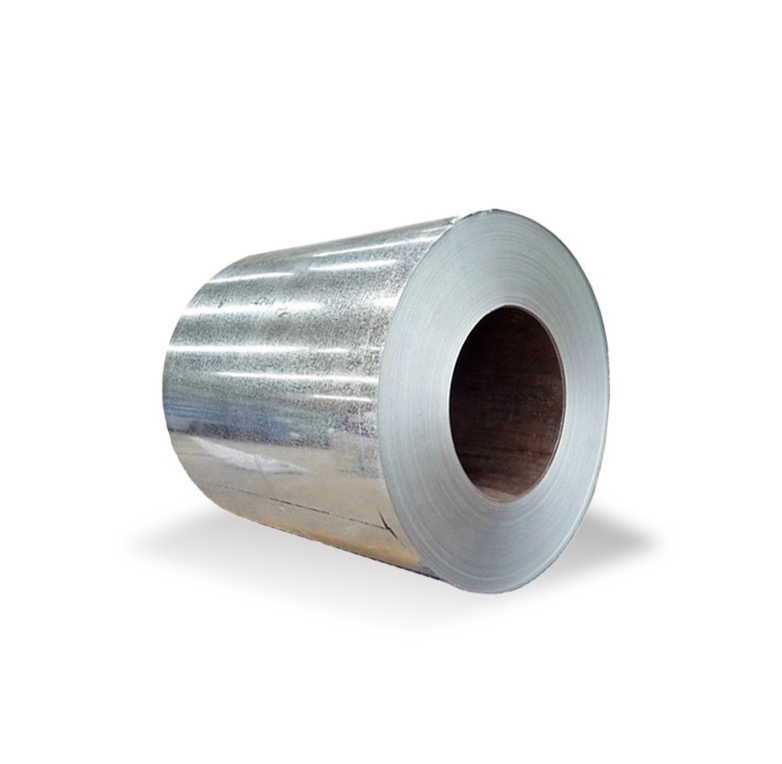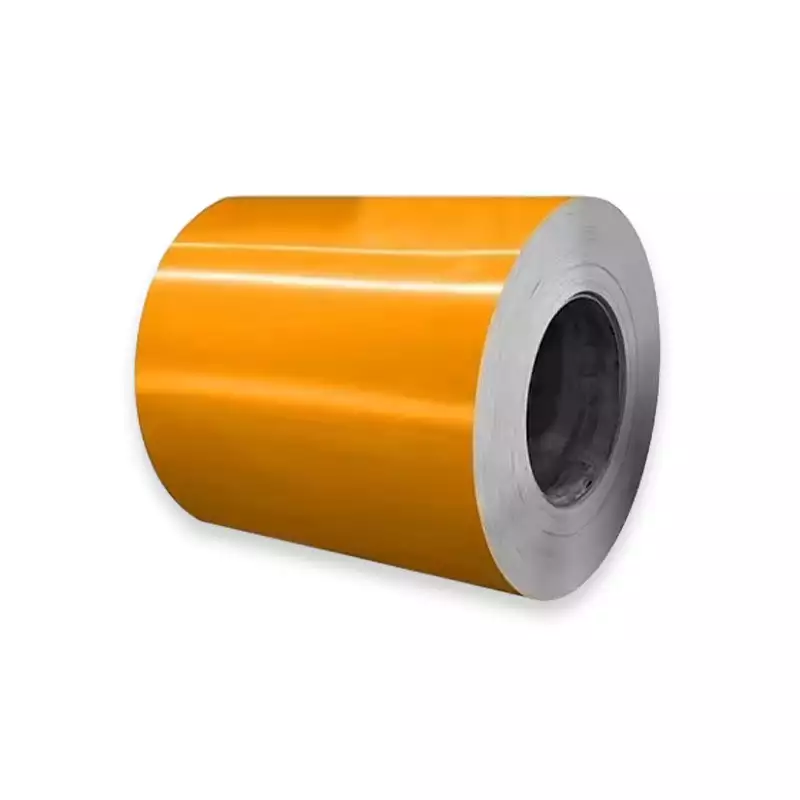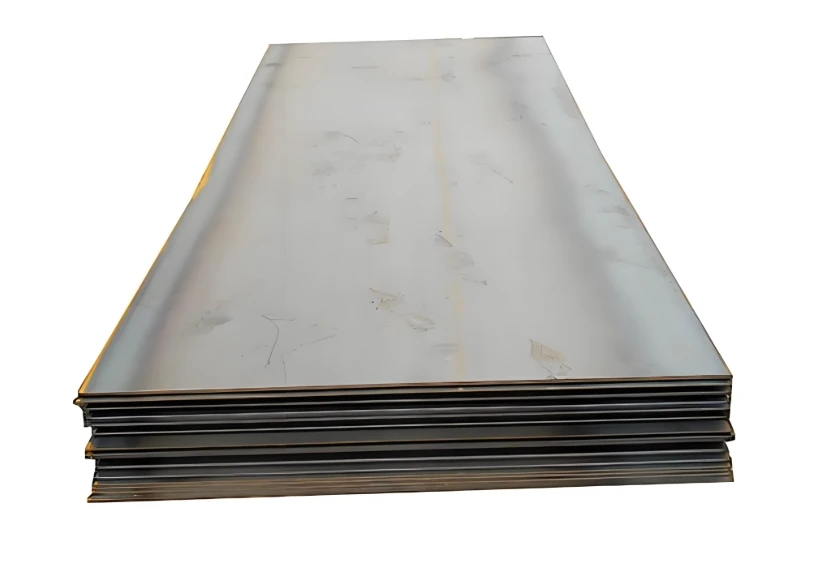1095 high‑carbon steel, when properly hardened and tempered, typically achieves a Rockwell C hardness (HRC) between 55 HRC and 62 HRC after quenching in oil from 800–830 °C (1472–1526 °F) and tempering between 150–200 °C (302–392 °F). In practical terms, this means that 1095 can strike an excellent balance between edge retention and toughness, making it a go‑to choice for knives, springs, and cutting tools in the field.
1. Overview of 1095 High‑Carbon Steel Hardness
I’ve worked in the trenches with 1095 steel for years, and I’ve observed that its high carbon (≈0.95 %) content lets it reach high hardness levels—up to about 62 HRC after proper treatment. Short answer: it’s hard. But why? High carbon boosts carbide formation, and with oil‑quenching plus a low temper, you lock in martensite. However, if you temper too high, hardness drops below 55 HRC, which may reduce edge retention.
2. Chemical Composition and Its Impact on Hardness
1095’s nominal composition is 0.90–1.03 % C, 0.30 % Mn, ≤0.04 % P, ≤0.05 % S, and ≤0.25 % Si. That carbon content is cherry‑picked for hardness. Moreover, trace phosphorus and sulfur improve machinability, but they can also form brittle inclusions. I like to say: you get bang for your buck in hardness, but you trade some toughness if you push beyond 62 HRC.
3. Heat‑Treatment Steps: Quenching and Tempering
-
Austenitizing at 800–830 °C (1472–1526 °F) for 10–15 min.
-
Quench in room‑temperature oil.
-
Immediate temper at 150–200 °C (302–392 °F) for 2 × 1 h with air cooling between cycles.
This two‑step temper reduces retained austenite and relieves stress. Moreover, tempering at 180 °C typically yields ~58 HRC, while at 200 °C you approach ~55 HRC【2】.
4. Hardness Testing Methods
I’ve measured hardness using:
-
Rockwell C (HRC): industry standard for steels >HRC 20.
-
Vickers (HV): useful for surface‑hardened layers.
Both give consistent readings if the specimen is well‑prepared.
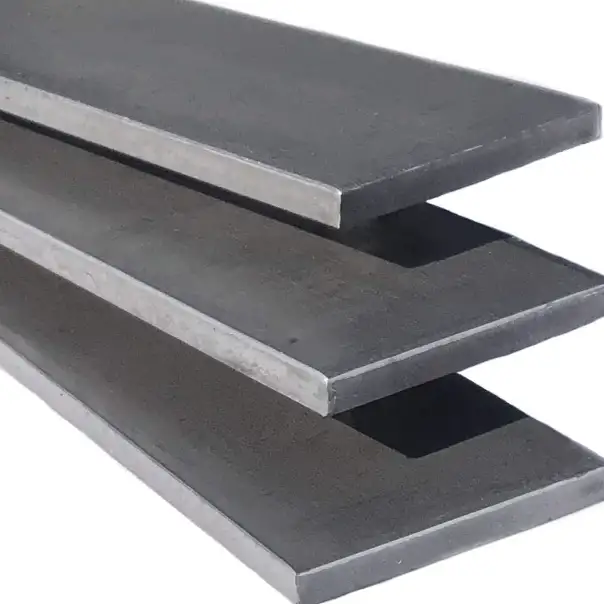
5. Hardness Comparison Table
| Steel Grade | Austenitize (°C) | Quench Medium | Temper (°C) | Hardness (HRC) | Typical Use |
|---|---|---|---|---|---|
| 1095 | 800–830 | Oil | 150 | 60–62 | Knives, springs |
| 5160 | 820–860 | Oil | 200 | 54–56 | Leaf springs |
| 52100 | 780–820 | Oil | 160 | 60–62 | Bearings, blades |
| O1 | 775–800 | Oil | 150 | 58–62 | Tools, blades |
(Table: Hardness of common carbon and alloy steels.)
6. Microstructure‑Hardness Relationship
Martensite laths impart hardness; carbide networks (cementite) add wear resistance. In other words, a fine martensitic structure plus dispersed carbides = high HRC. However, coarse carbides reduce toughness.
7. Case Study: Artisan Knife Maker’s 1095 Protocol
I’ll share a real‑world example. A custom knife shop in Pennsylvania austenitized 1095 blades at 815 °C for 12 min, quenched in minimal agitation oil, then tempered twice at 180 °C for 1 h each. Result: blades tested at 59 ± 1 HRC, and held a shaving‑sharp edge through 500 cuts—proof positive of repeatability in the field.
8. Industrial and Handcrafted Applications
1095 is out of the box ideal for:
-
Cutlery – outstanding edge retention.
-
Springs – resilience under cyclic loads.
-
Blades – chisels, axes, and machetes.
Moreover, its predictable hardness curve makes it a favorite among hobby smiths.
9. Tempering Temperature vs. Hardness Curve
A graph typically shows hardness falling from ~62 HRC at 150 °C temper to ~52 HRC at 350 °C. This relationship is critical if you need a tougher blade; you bump temper temperature, you lose hardness—and you gain ductility.
10. FAQs on 1095 Hardness
-
What is the optimal temper for balance?
Temper at 180 °C twice for ~58 HRC and good toughness. -
Can I water‑quench 1095?
You can, but risk of cracking skyrockets. -
How does alloying affect hardness?
Alloy carbides (Cr, V) raise potential HRC but aren’t in plain 1095. -
Why is 1095 popular in swords?
It’s simple to treat and yields consistent hardness across large sections. -
Does grain size matter?
Yes—finer austenite grains yield tougher yet still hard martensite.



